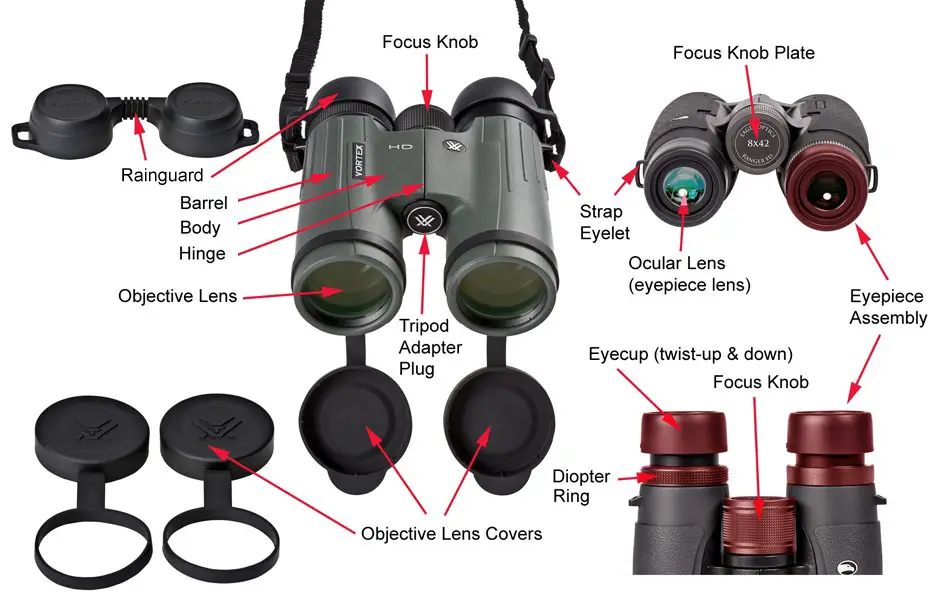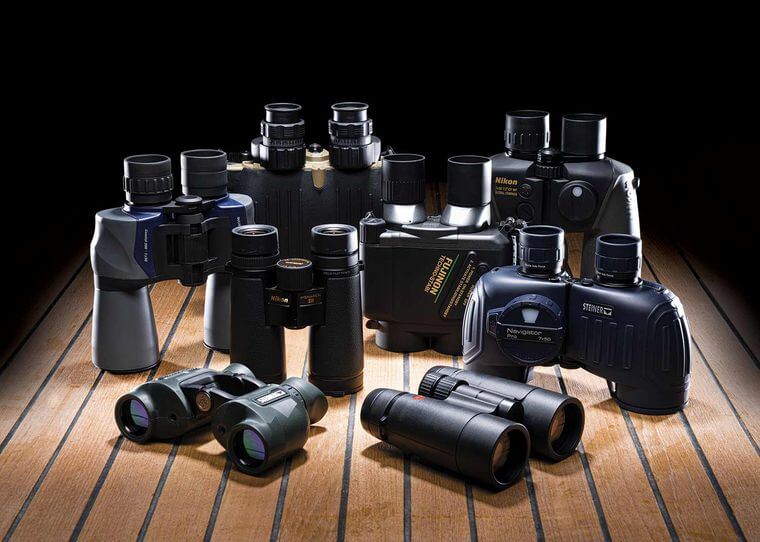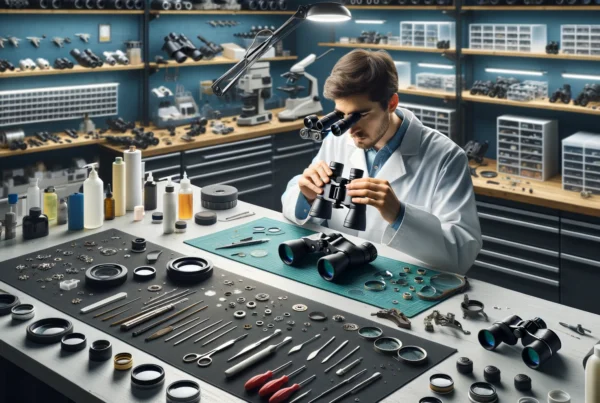Contents
In a world where we’re constantly bombarded with advertisements for affordable gadgets and budget-friendly options, one product seems to defy the trend: binoculars. These magnificent optical wonders that bring distant objects into focus have a reputation for carrying a hefty price tag.
Binoculars can range in price from under $50 to well over $2,000, depending on the quality and features. In this article, we will explore the reasons why binoculars can be so expensive.
We will delve into the factors that contribute to the high cost of binoculars, shedding light on the intricate craftsmanship, advanced technology, and exceptional materials that make them a valuable investment for enthusiasts and professionals alike.
#1: Optical Brilliance
The first key factor that contributes to the cost of binoculars is the pursuit of optical brilliance. High-quality binoculars are designed to provide sharp, clear, and vivid images.
Achieving this level of optical performance involves utilizing superior lenses and prisms, incorporating specialized coatings to minimize glare and enhance contrast, and ensuring precise alignment. The advanced engineering required to achieve exceptional optical quality comes at a price.
#2: Quality of Materials
High-quality binoculars are expensive because they are optical precision instruments that require a complicated and time-consuming manufacturing process. Good optical glass and meticulous workmanship are the main factors that determine the optical performance and thus the price of premium binoculars.

The materials used to build the rest of the optic also contribute to its quality and cost. The largest component of any binocular is the lenses, and the quality of the lenses is a major factor in determining the price of the binoculars.
#3: Manufacturing Process
The manufacturing process of binoculars is intricate and requires a high level of precision. The lens material is poured into a lens mold, which has a spherical, curved bottom. This results in a lens that is about 4 inches in diameter and 1-1.5 inches thick.
The lenses are then removed from the molds and cut into specific pieces using a diamond saw to create the optical lenses. The lenses are placed into the grinding machine and polished. Binoculars with roof prisms are expensive due to the intricate manufacturing processes required to shape glass into specific angles.
#4: Features
The features of binoculars can also affect the price. The more features a set of binoculars has, the higher its price point will be. For example, binoculars with image stabilization, waterproofing, and advanced coatings will be more expensive than those without these features.
Magnification and objective size are fundamental parameters that determine the price of binoculars. Additionally, larger objectives, greater field of view, and bigger magnifications also influence the price of binoculars.
#5: Brand Reputation and Prestige
In the realm of binoculars, as with many other products, brand reputation and prestige play a significant role in pricing. Established brands with a long-standing history of innovation, precision, and craftsmanship often command a higher price due to their reputation for superior quality.
These brands invest heavily in research and development, ensuring they stay at the forefront of technological advancements. When you invest in a renowned brand, you’re not just buying a product; you’re buying into a legacy of excellence.
#6: Supply and Demand Dynamics
The economics of supply and demand also contribute to the high price of binoculars. In the premium segment, where top-tier optics are sought after by enthusiasts and professionals alike, the competition is typically limited. With a smaller number of players, manufacturers can set higher prices due to the high demand for their products.
Additionally, global supply chain challenges, import taxes, and tariffs on raw materials can further impact manufacturing costs, leading to an increase in the final price for consumers.
#7: Labor Costs
In addition to features and quality of material, high manufacturing and labor costs also contribute to the high price of binoculars. Precision instruments like binoculars require skilled labor and a high level of expertise to manufacture, which can drive up the cost of production.
Frequently Asked Questions
Why are high-quality binoculars more expensive than low-quality ones?
High-quality binoculars are more expensive due to several factors. They utilize superior optical components, such as high-quality lenses and prisms, that provide exceptional image quality. The construction materials used, like magnesium alloy or carbon fiber, are lightweight yet durable, contributing to the overall cost. Additionally, high-end binoculars often incorporate advanced features and cutting-edge technology, which require extensive research and development, further increasing their price.
Can’t I get the same functionality from cheaper binoculars?
While cheaper binoculars may offer basic functionality, they frequently compromise on optical quality, construction materials, and advanced features. The image clarity, brightness, and color accuracy of high-quality binoculars are unmatched. Additionally, cheaper binoculars may not be as durable or reliable, potentially impacting their longevity. It’s important to consider your specific needs and budget when choosing binoculars, but investing in higher-quality options generally provides a more satisfying viewing experience.
Does the brand name significantly impact the price of binoculars?
Brand reputation plays a role in the pricing of binoculars. Established brands with a long-standing history of quality and innovation often command higher prices due to their reputation for excellence. These brands invest heavily in research, development, and quality control measures, ensuring their products meet high standards. While brand name can contribute to the cost, it’s important to evaluate the overall quality and features of the binoculars rather than relying solely on the brand.
Are there any affordable binoculars that offer good value for money?
Yes, there are affordable binoculars available that offer good value for money. While they may not have the same level of optical performance or advanced features as high-end models, there are reputable brands that provide decent quality at a more accessible price point. It’s significant to do thorough research, read reviews, and consider your specific needs to find a pair of binoculars that strikes a balance between affordability and functionality.
Do market factors influence the pricing of binoculars?
Yes, market factors can impact the pricing of binoculars. Limited competition in the premium segment can lead to higher prices, as manufacturers can set prices based on the demand for their specialized products. Additionally, global supply chain challenges, import taxes, and tariffs on raw materials and components can affect manufacturing costs, which may be reflected in the final price of binoculars.
Are expensive binoculars worth the investment?
Expensive binoculars can be worth the investment for those seeking superior optical performance, durability, and advanced features. They provide sharper and clearer images, are built to withstand harsh conditions, and often come with features that enhance the viewing experience. However, it’s essential to consider your specific needs, budget, and level of usage. For casual users or those with limited requirements, there are more affordable options available that can still offer satisfactory performance.
Conclusion
In conclusion, binoculars can be expensive due to the quality of materials, the intricate manufacturing process, the features they offer, and the high labor costs involved in their production. However, it’s important to note that not all binoculars are expensive, and there are affordable options available for those on a budget.
When choosing binoculars, it’s important to consider your needs and budget and to do your research to find the best option for you.

A Binoculars enthusiast, who love exploring skies and watching birds. It is my hobby to collect Binoculars of different kinds and try to explore the world through various lenses. This is all I do to explore happiness by magnifying my beautiful world.




